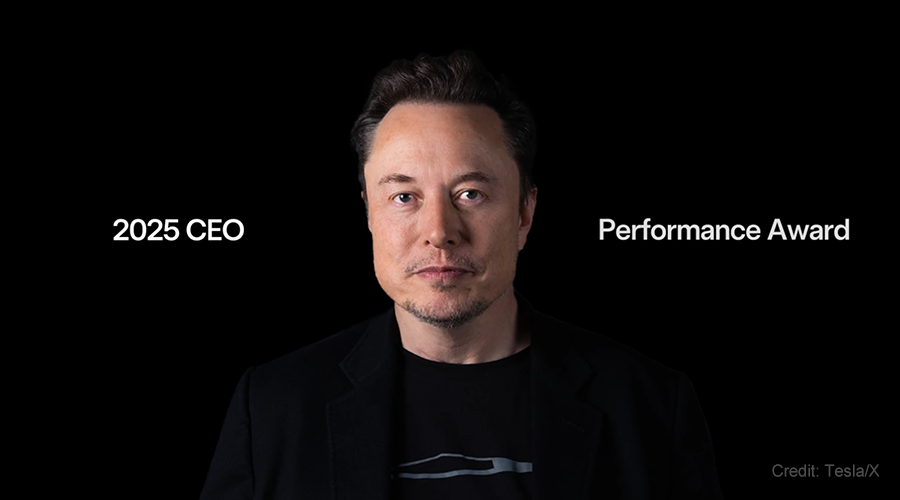Tesla has released further details regarding a proposed CEO compensation structure for Elon Musk, emphasizing that his future rewards would hinge strictly on delivered performance. The proposal is set to be put before shareholders at the company’s annual meeting on November 6, 2025.
A Performance-Based Approach
In the announcement published on X (formerly Twitter), Tesla stressed that the new plan would reward “outstanding performance — not promises.” The company referenced Musk’s prior 2018 compensation scheme, which it claims delivered significant value to shareholders, and said the upcoming plan aims to elevate that approach to a much larger scale.
We pay for outstanding performance – not for promises.
— Tesla (@Tesla) September 29, 2025
In 2018, shareholders approved a groundbreaking CEO Performance Award that delivered extraordinary value.
At our Annual Meeting on November 6, Tesla shareholders can vote on a pay-for-performance plan designed to drive our… pic.twitter.com/fcUtc7phtg
Under the new framework:
-
Tesla seeks to raise its market capitalization from about $1.1 trillion today to $8.5 trillion over the next decade.
-
Annual operating profit would need to soar from $17 billion (2024 level) to $400 billion.
-
Milestones include: 20 million cumulative vehicle deliveries, 10 million active Full Self-Driving (FSD) subscriptions, development of 1 million Tesla Bots, and deployment of 1 million Robotaxis.
If Musk meets all of those goals, the plan would allow his stake in Tesla to climb to 25% and result in total compensation via company stock exceeding $900 billion.
An important caveat: Musk would not gain voting rights until he has generated actual economic value for shareholders under this scheme. Tesla explicitly frames voting rights as contingent on performance.
Scope, Risks, and Reaction
This proposal arguably marks one of the most dramatic executive pay packages ever conceived. To reach an $8.5 trillion valuation, Tesla would need to grow far beyond any public company currently in existence. For comparison:
-
Nvidia, currently among the highest valued firms, is worth around $4.4 trillion.
-
Microsoft and Apple hover around $3.7-$3.8 trillion.
-
Saudi Aramco, long among the world’s largest firms by market value, stands at about $1.6 trillion.
Meeting the lofty targets could require near-unprecedented scaling, aggressive product execution, and material dominance across multiple industries (autos, robotics, autonomy). Critics may point to the steepness of the goals or the risk of overpromising.
Still, Tesla frames the plan as a way to lock in Musk’s long-term leadership while aligning his incentives squarely with shareholder returns. In their post on X, the company urged investors to support the measure, calling it “Proposal 4.”


Share:
Tesla’s Summon Feature Lets Your Car Come to You
Keep Your Valuables Safe: Why Every Cybertruck Needs a Center Console Lockbox